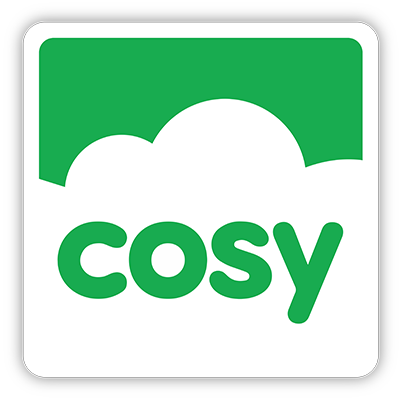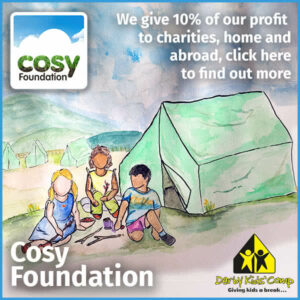Water Play: Let's Get Talking
Water play can be immensely fun for children but at the same time has a tremendous impact on communication and language development. We know that the focus on this area of development is particularly important following the publication of the revised Early Years Foundation Stage (EYFS).
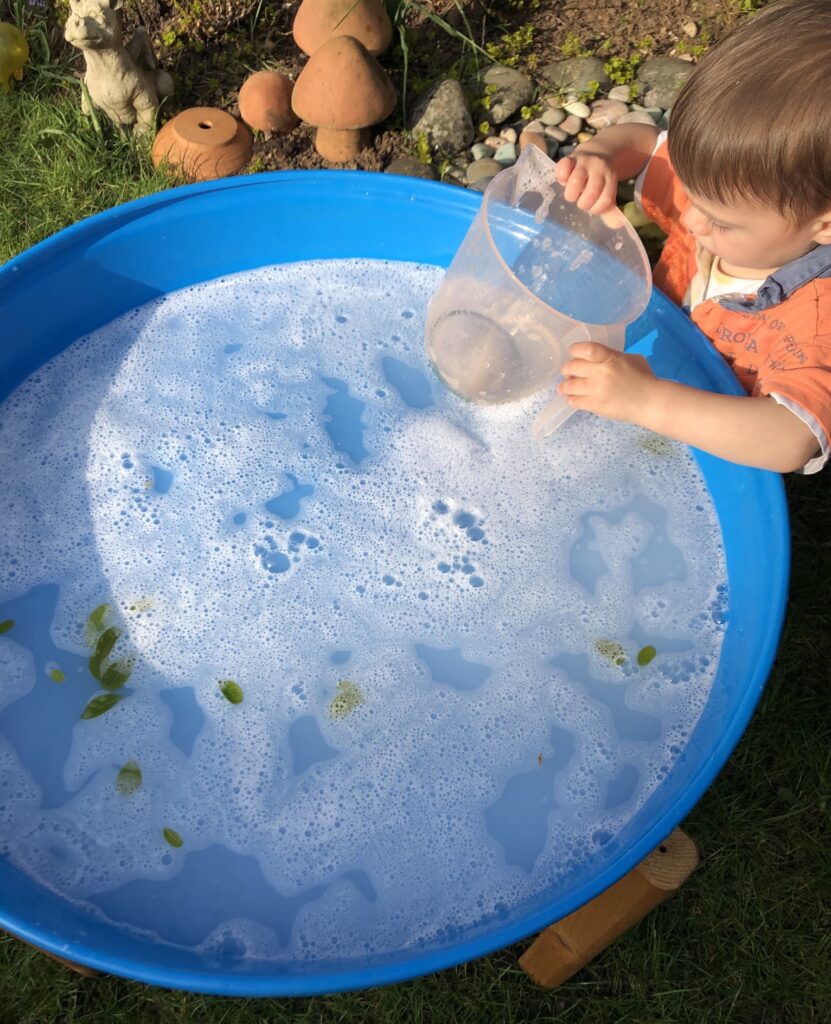
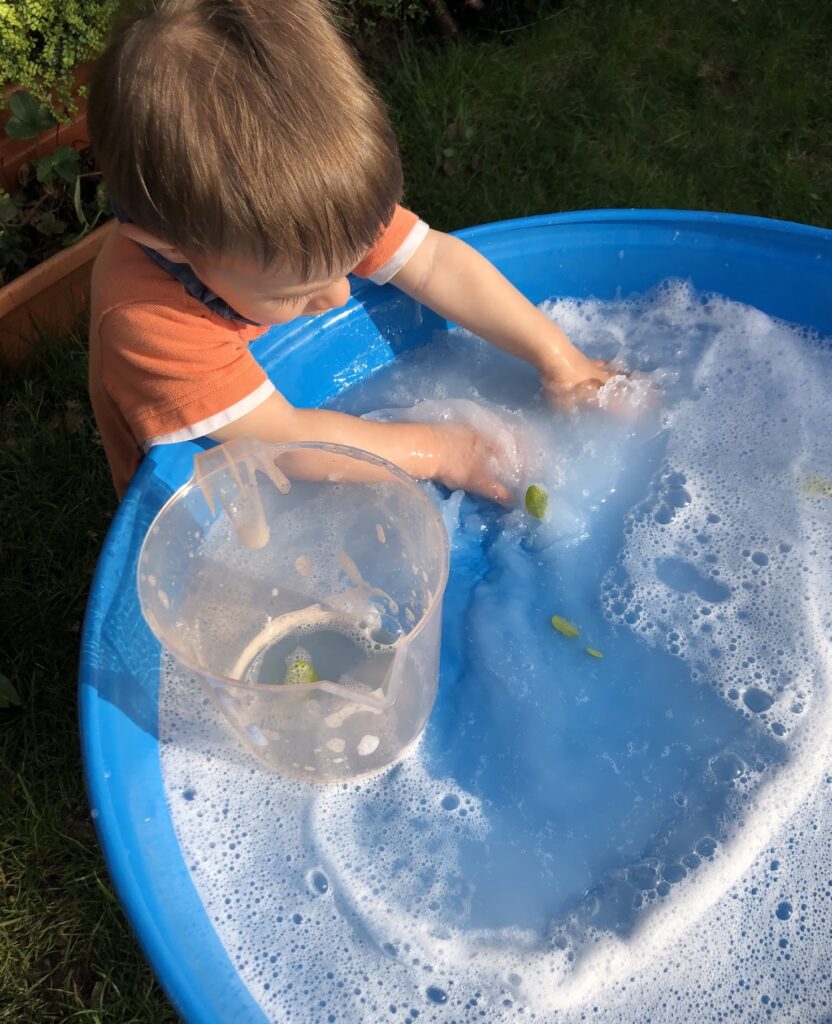
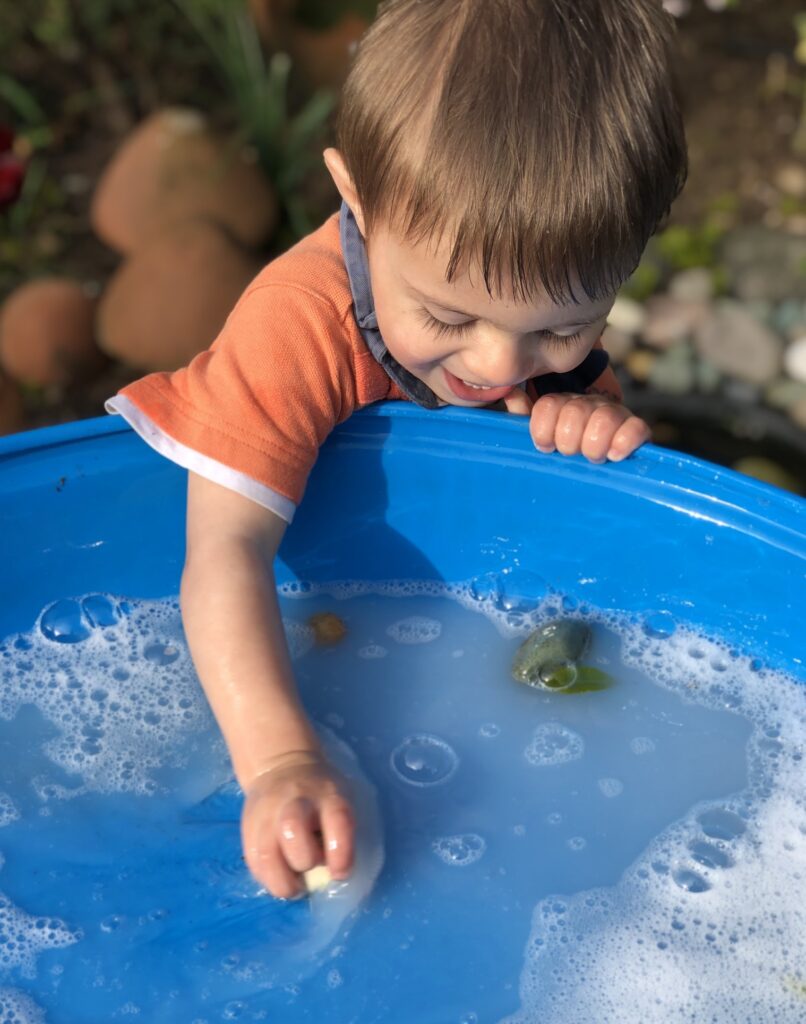
When children play with water, it is very much a social experience - just think about how children gravitate to water play activities. This gives children the opportunity to experience taking turns, sharing, collaborating, taking on board the ideas of others and learning through imitating. Alongside this, there's the chatter we hear as children splash, pour, mix and transport. Wherever there is water play, there is playfulness, engagement and children connected in that moment.
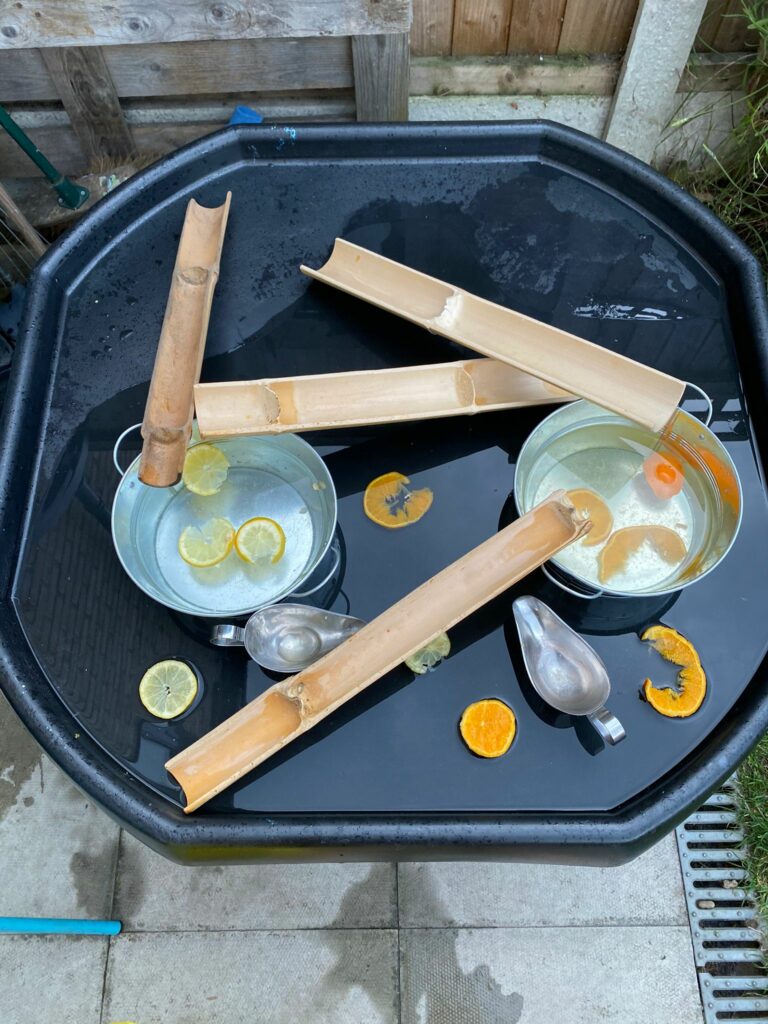
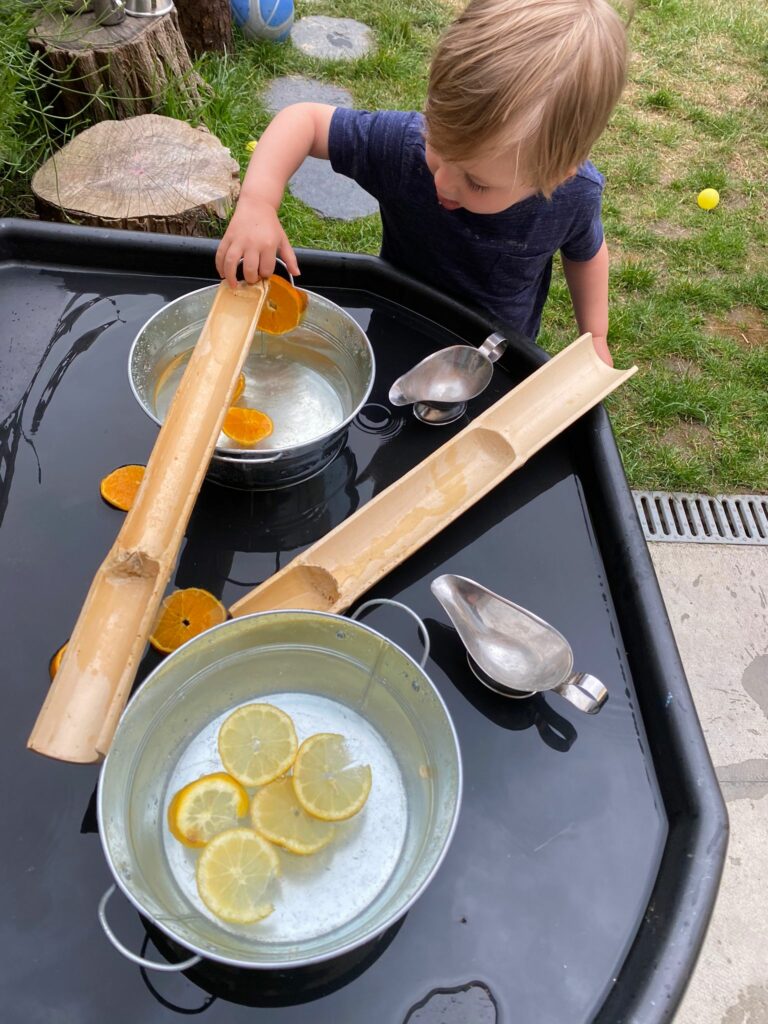
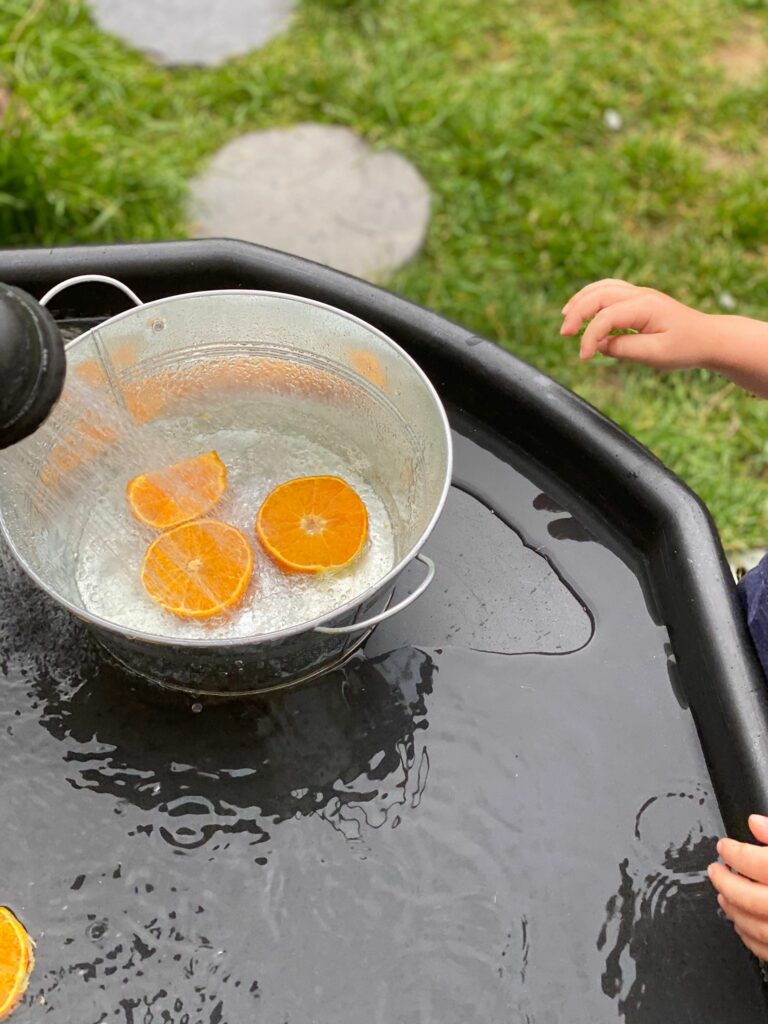
As educators, we can enhance our environment, and practice, to make the most of water play as an inspiring space where communication and language happens. We can inspire children to talk, listen and comprehend in a fun, hands on way - just how learning in the Early Years should be.
Water is an open ended resource so there is not right or wrong way for children to play. This adds to the magic of water provision as children are motivated to explore and investigate, enabling us to facilitate rich language opportunities.
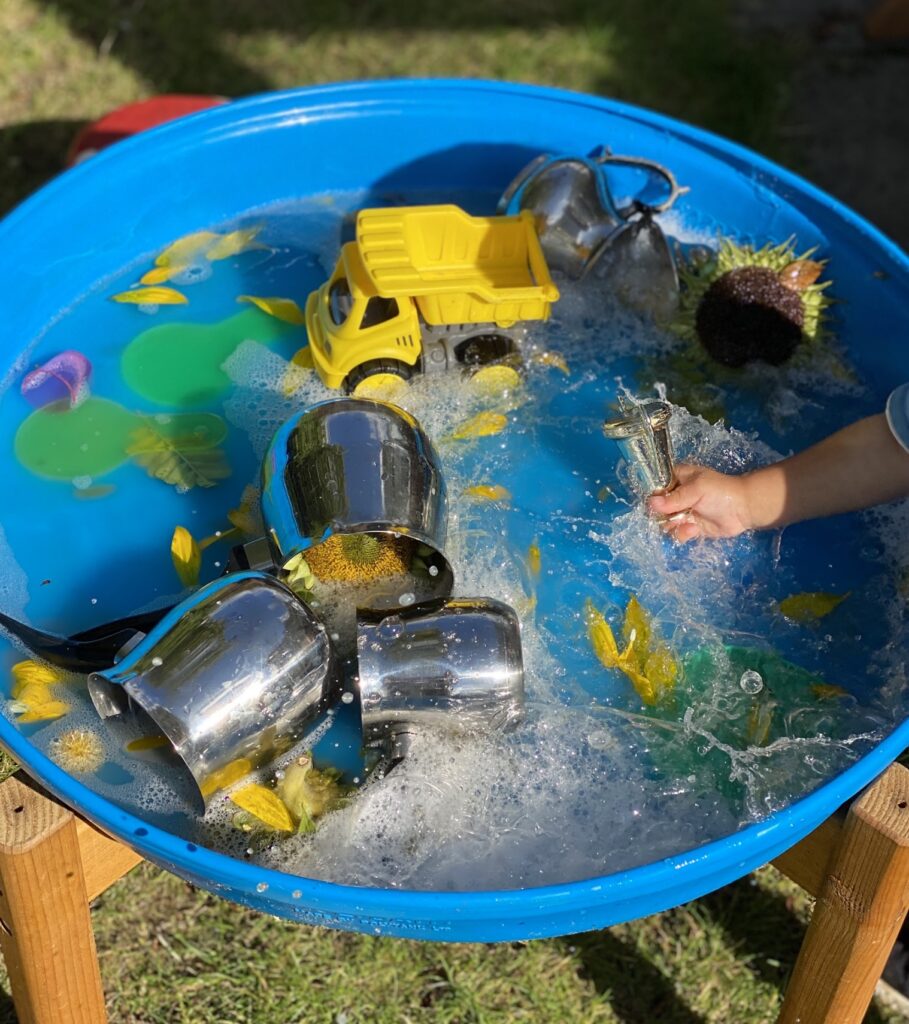
Is your water area inspiring language?
A first step in assessing whether your water play provision is empowering children to talk and listen is to carry out observations. Think about....
- How children are using the resources - can they self select?
- Are the resources inspiring and encourage challenge?
- What language can you hear?
- Are children playing with a purpose?
Your observations will give you an insight into how the water area and resources are currently being used and therefore give you scope to further enhance this provision. Sometimes, it's as simple as changing the area around which can inspire additional interest and conversation!
The role of the adult...
The adults in the setting can create an environment in which water play is fun and promotes language development. Inspire children to play and interact through the resources they are able to select. By sparking their curiosity and imaginations, as well as encouraging them to think and explore, we are encouraging talk. Some ideas for resources to include in your water play area to promote play and talk are:
bottles with holes in
Loose parts - shells, cones, sticks, petals, conkers and pebbles.
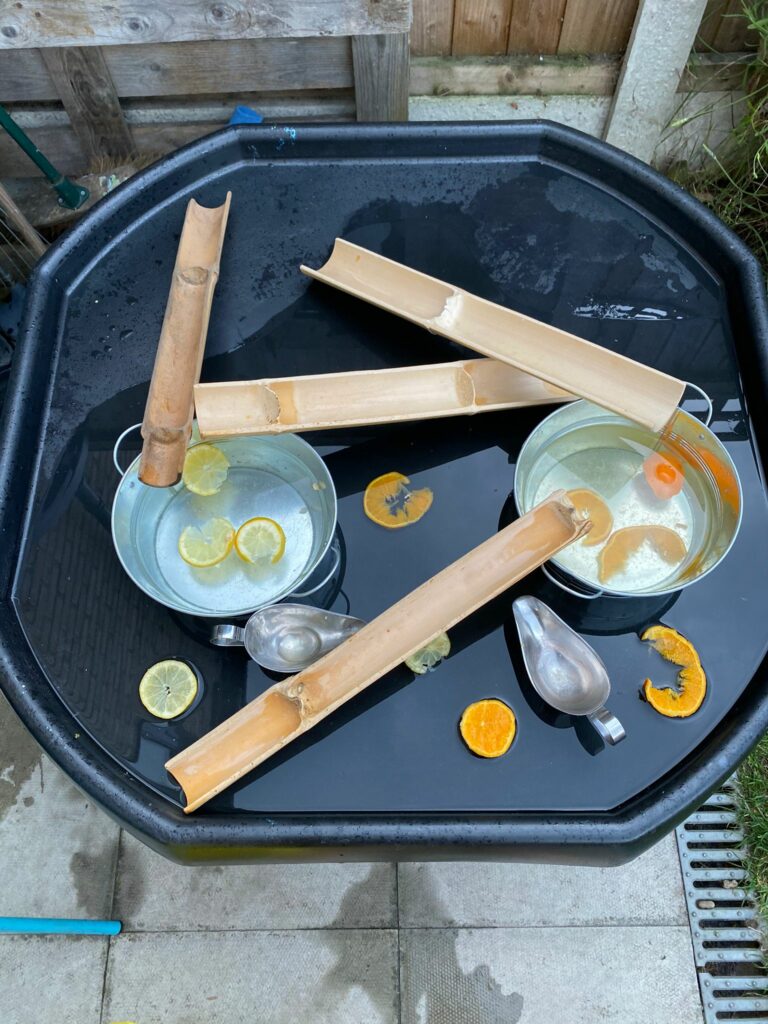
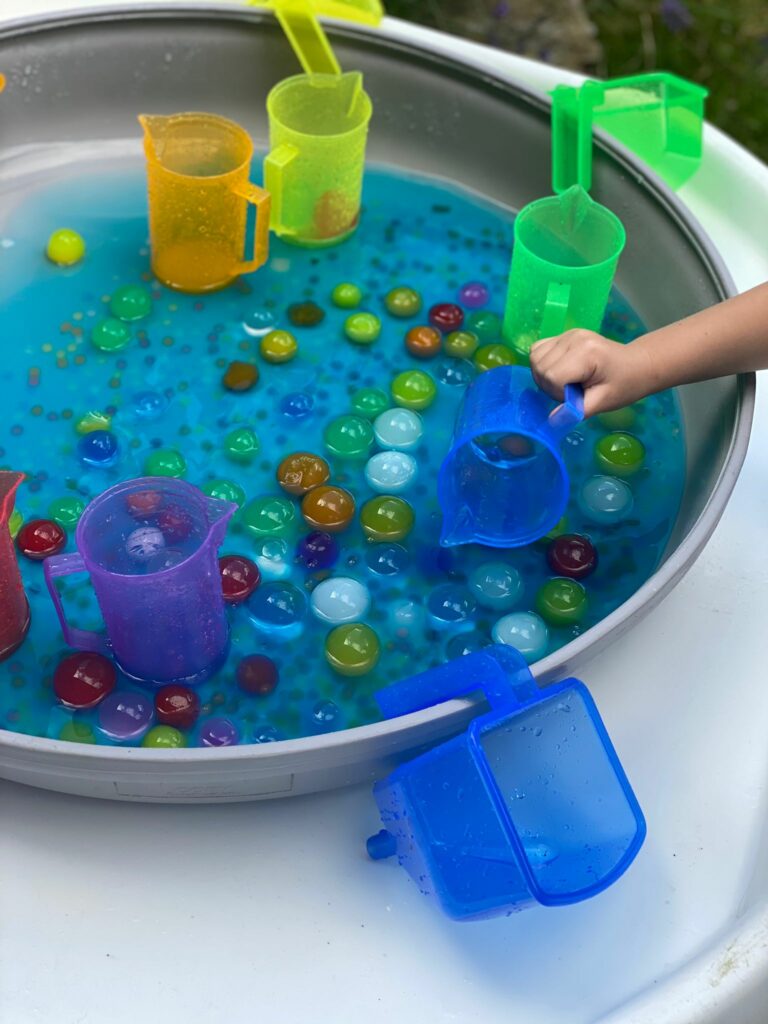
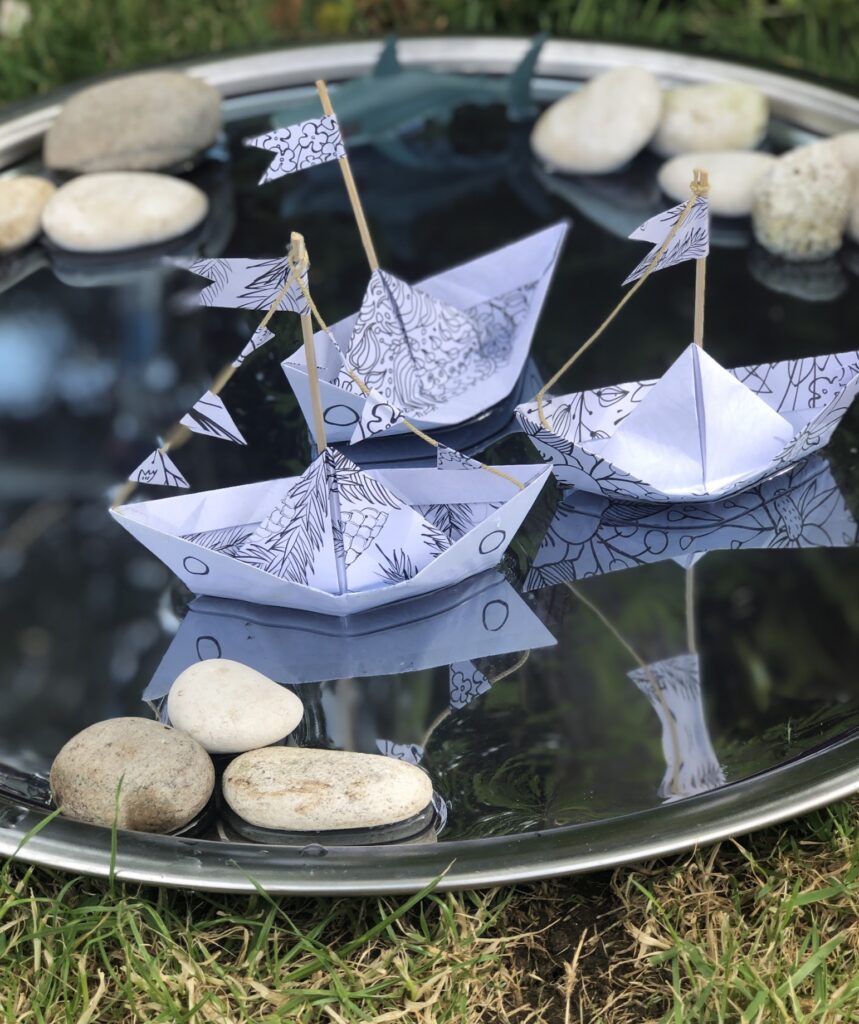
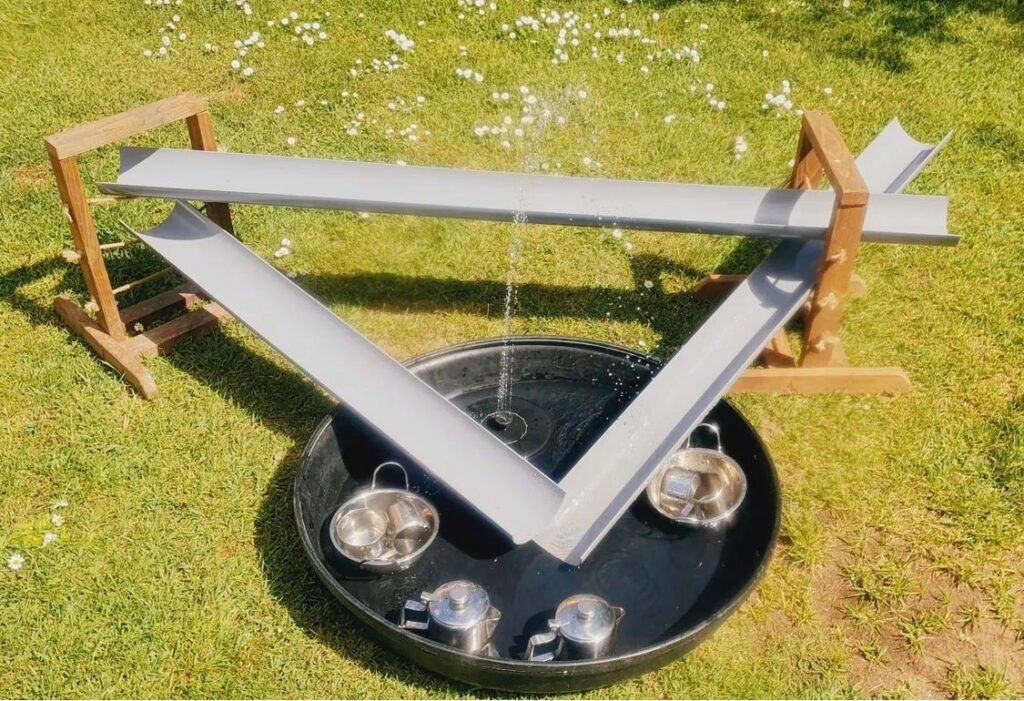
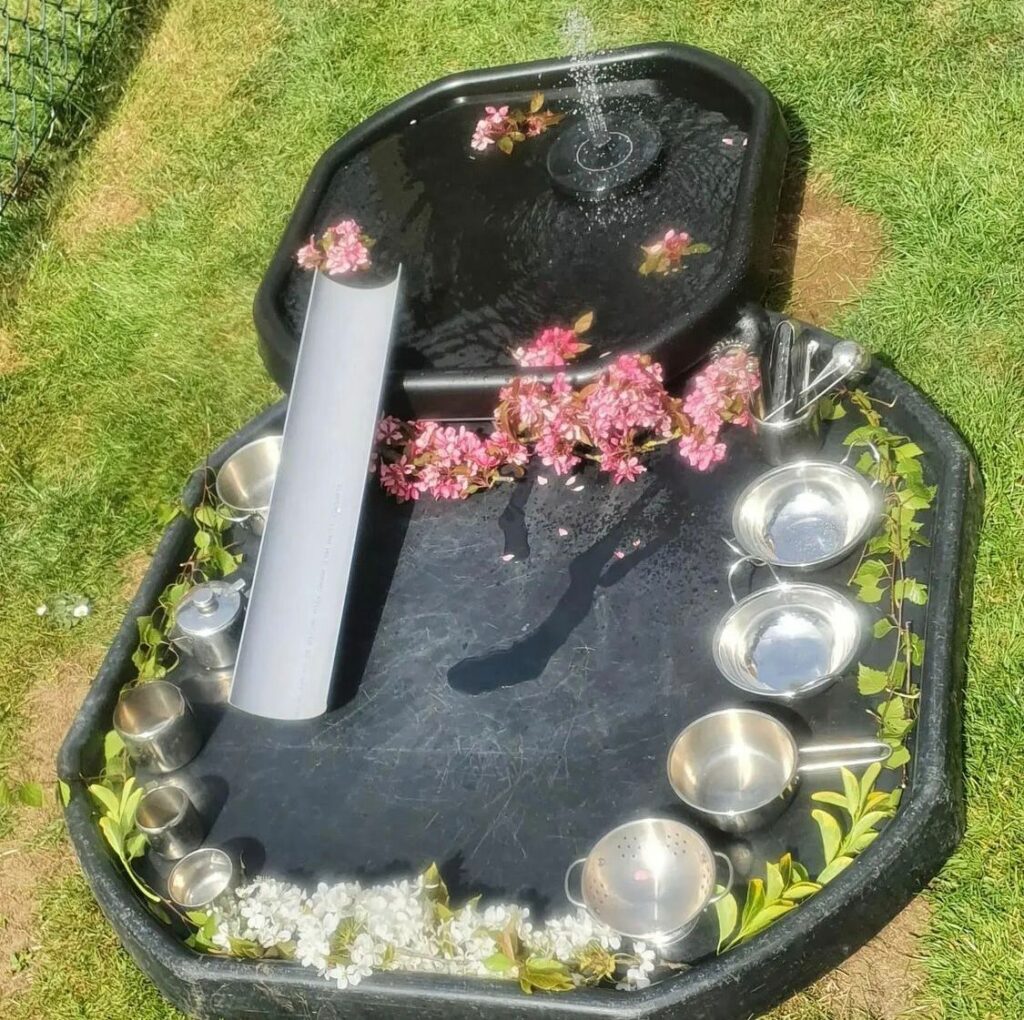
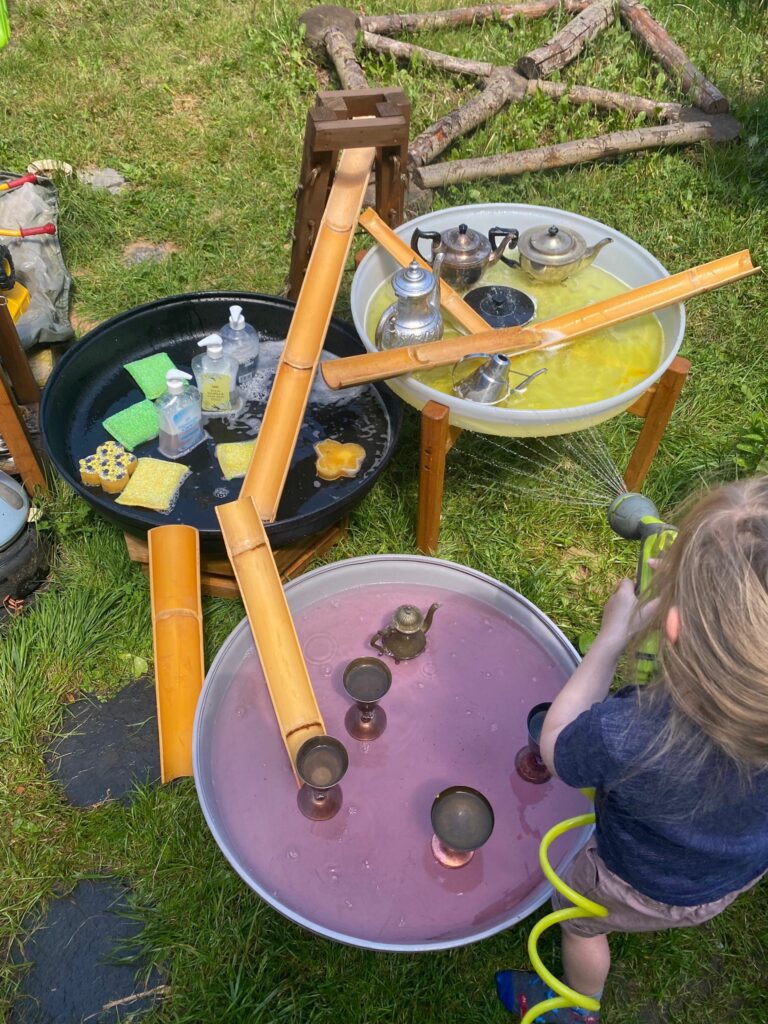
Think about water play on a large and small scale - children will engage differently with both. Small scale play could involve floating and sinking activities in a bowl whereas large scale activities could see you scale it up and head outdoors with water, brushes and power paints!
The role of the adult is to role model play and language. However, stand back and observe the play initially as this will give you an idea as to the direction the play is taking. Who is leading the play? Are children collabortating or playing alongisde one another? Is there a narrative?
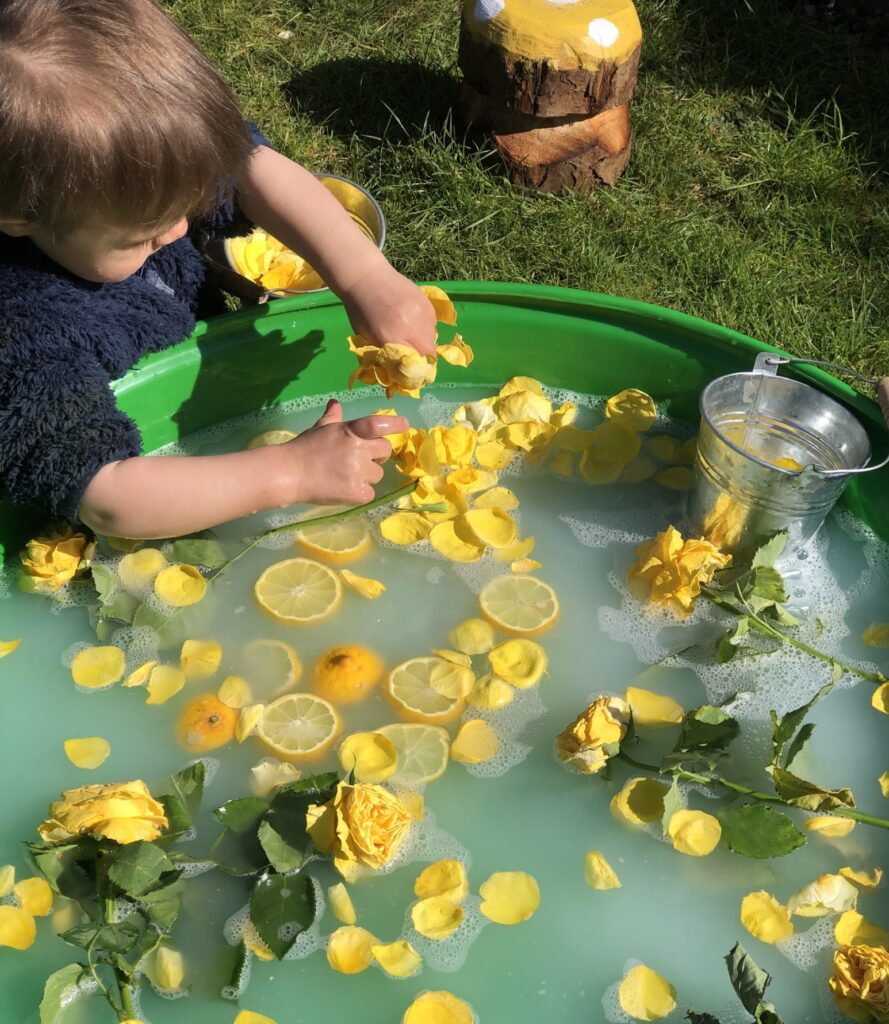
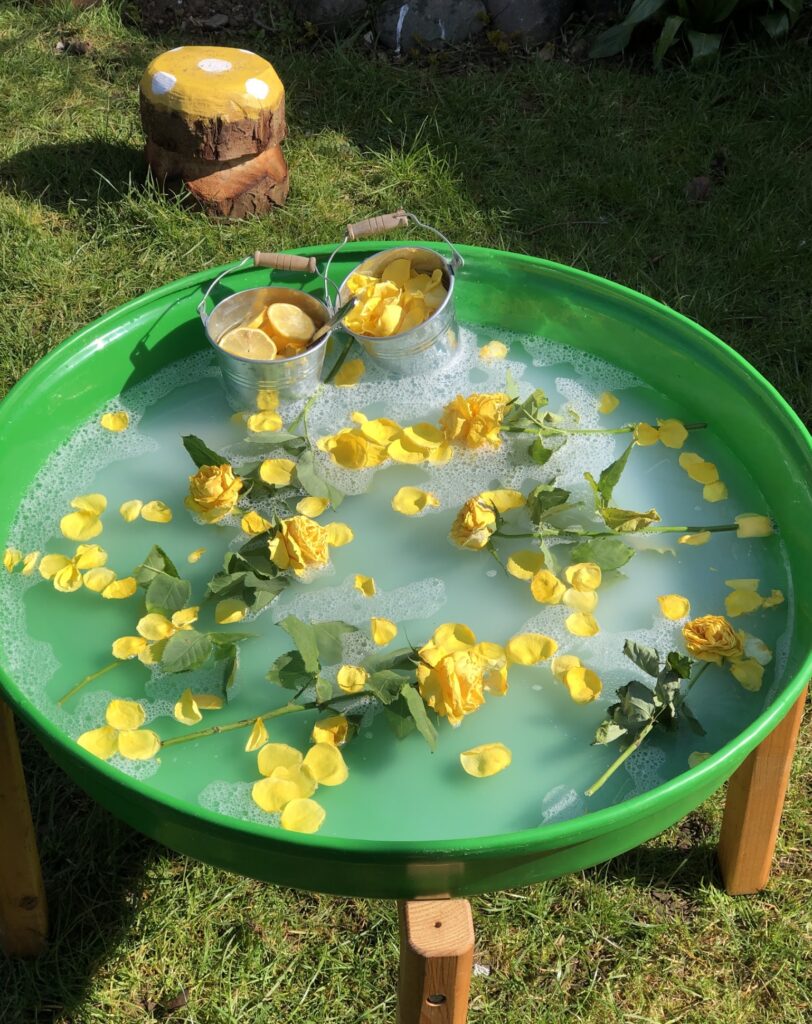
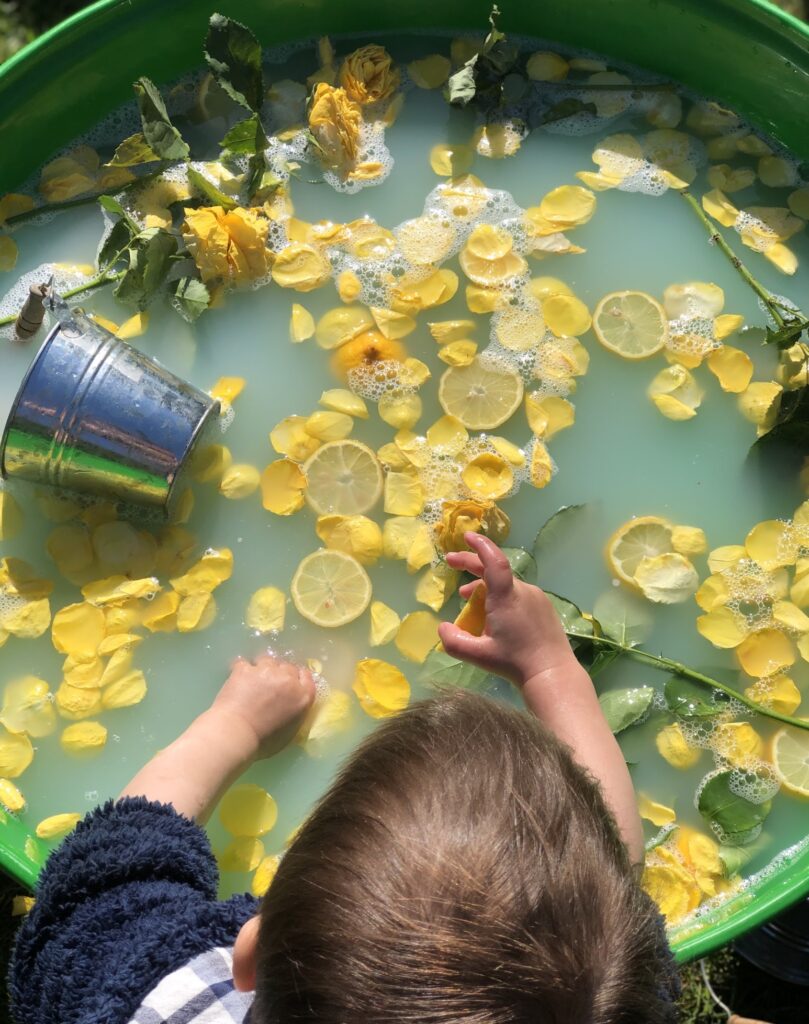
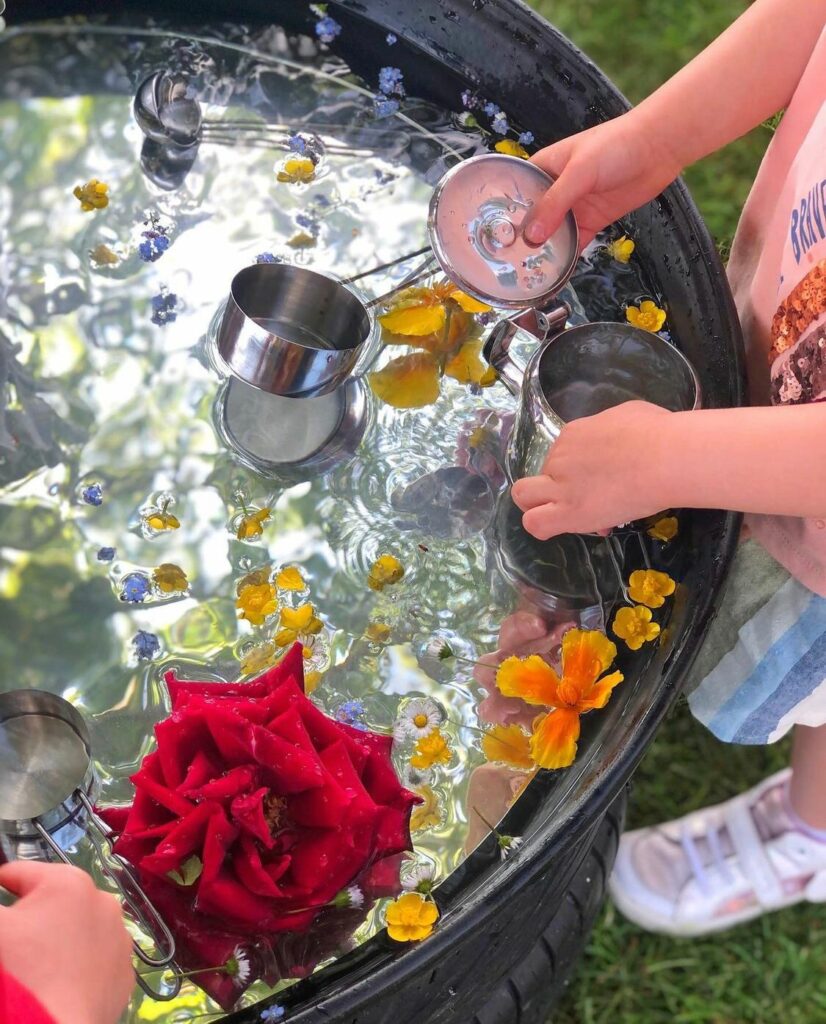
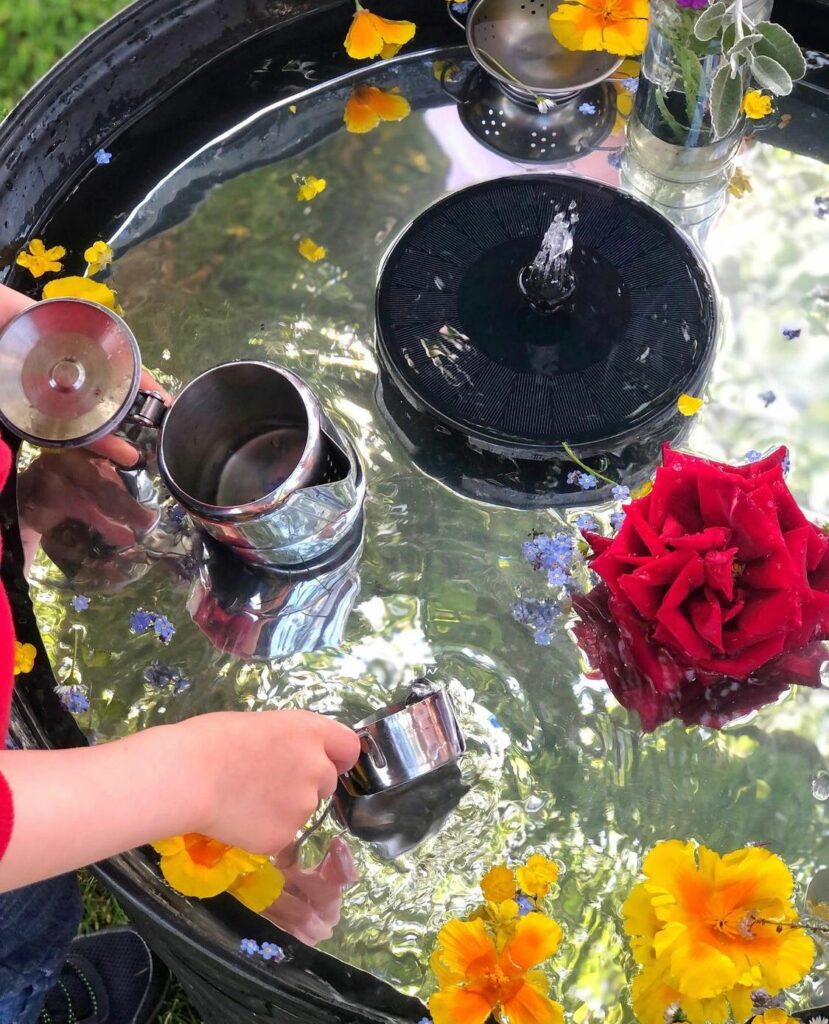
You will probably find that you get invitied into the play, perhaps offered a cup of leafy tea or be asked to watch as children mix up magic fairy potions with coloured water and petals. As children invite you in, your role is as a co-player so it's important not to take over the play. It is in these moments that we can encourage communication and language...
- Offer a narrative as you talk about what the children are doing. This is a way to bring in specific vocabulary you would like the children to be using. You can also model correct sounds but avoid asking children to repeat it back correctly. Give names to actions - mix, squeeze, tip, stir etc.
- Engage in sustained shared thinking. Wonder and think with the children, coming up with ideas and solutions. Examples are... 'I wonder what would happen if...' 'How could we...?' 'What about if we try...' These are fantastic ways to encourage children to engage in thoughtful conversation but in a playful way. Wonder together about how the water moves, where it comes from, why the ice is cold and how we can make it melt.
- Make comments rather than questions. Questions put children on the spot and stifle the playful moment. It's much better to add comments such as 'The water is running really fast' or 'You're tipping it slowly.'
- Add additional words to what children say. If they say 'spoon', you could add 'red spoon'.

Children make great role models and those with a good level of development in their communication and language will encourage those younger or whose skills are not currently at the same level. They will be hearing words, sentences, phrases and sounds which they can then imitate.
Finally...
The important thing to remember is to keep it fun rather than imposing learning outcomes when it comes to language. Children learn best when they are fully engaged, immersed in the moment and that's what we get when we offer water play. Offer them a variety of interesting resources which encourage conversation and problem solving which inspire language. Keep it fun so children are interested and keen to talk and engage with others, influencing their communication and language skills.
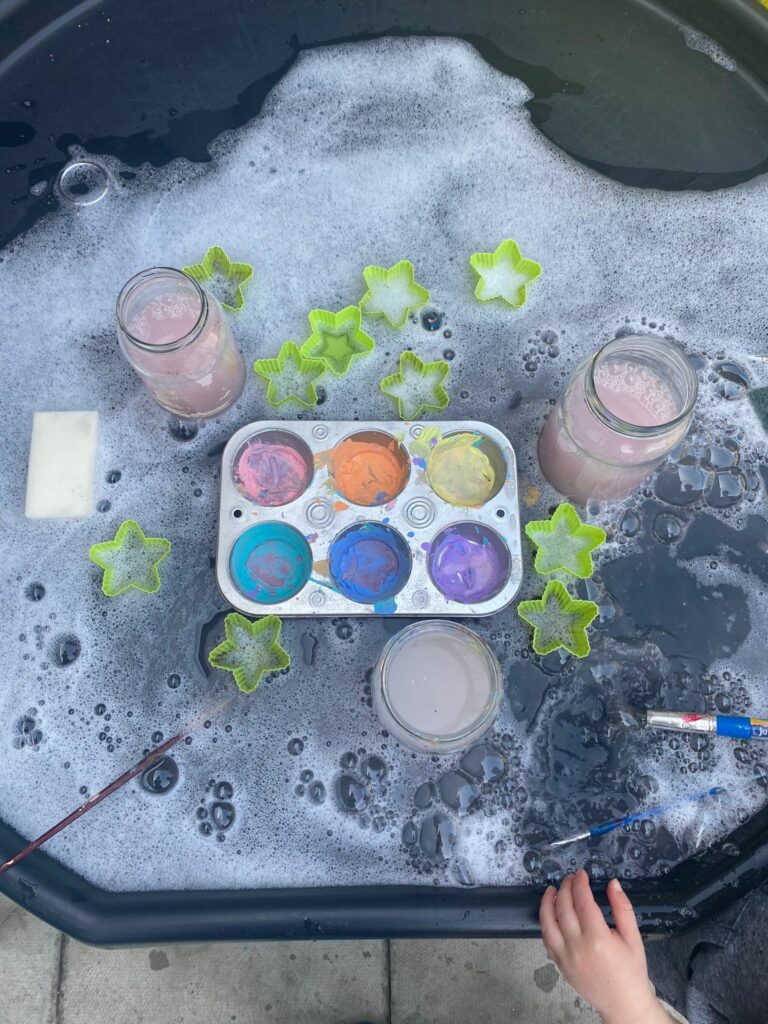
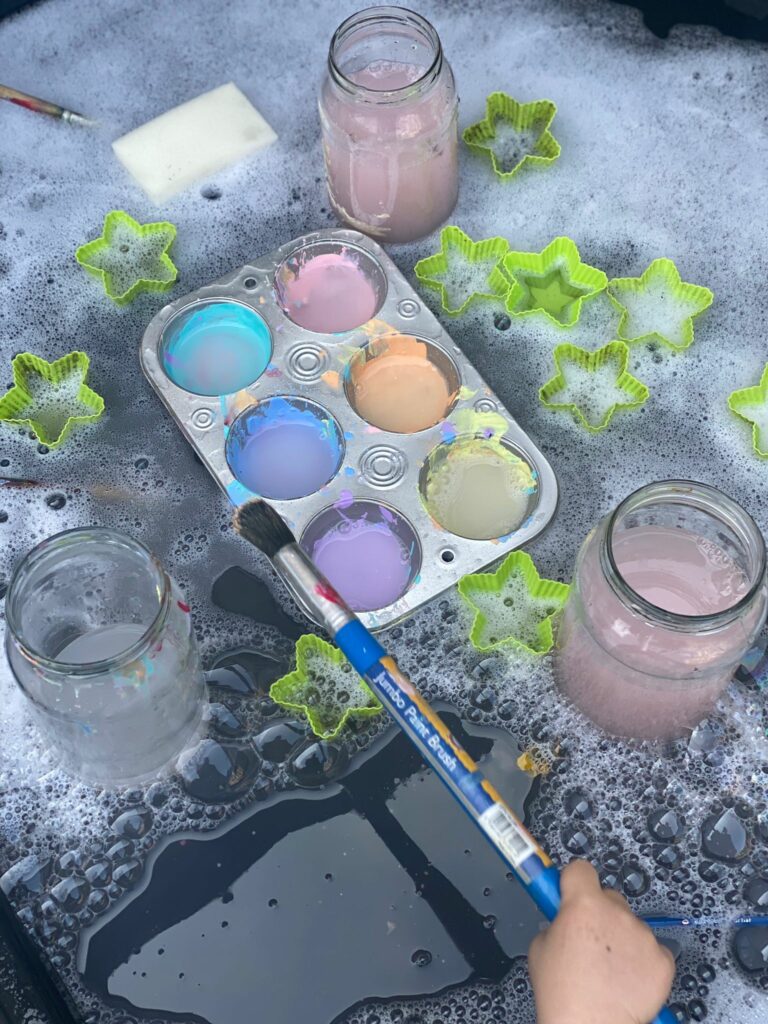
Developing a water play area
To find out more about developing a water play area, you can click the link below to visit our friend- Creative Star.
Click here to read more.
Don't forget to share your water play ideas with us on our social media channels.
Facebook:https://www.facebook.com/cosydirect/
Twitter:https://twitter.com/cosydirect
Instagram:https://www.instagram.com/cosydirect/
